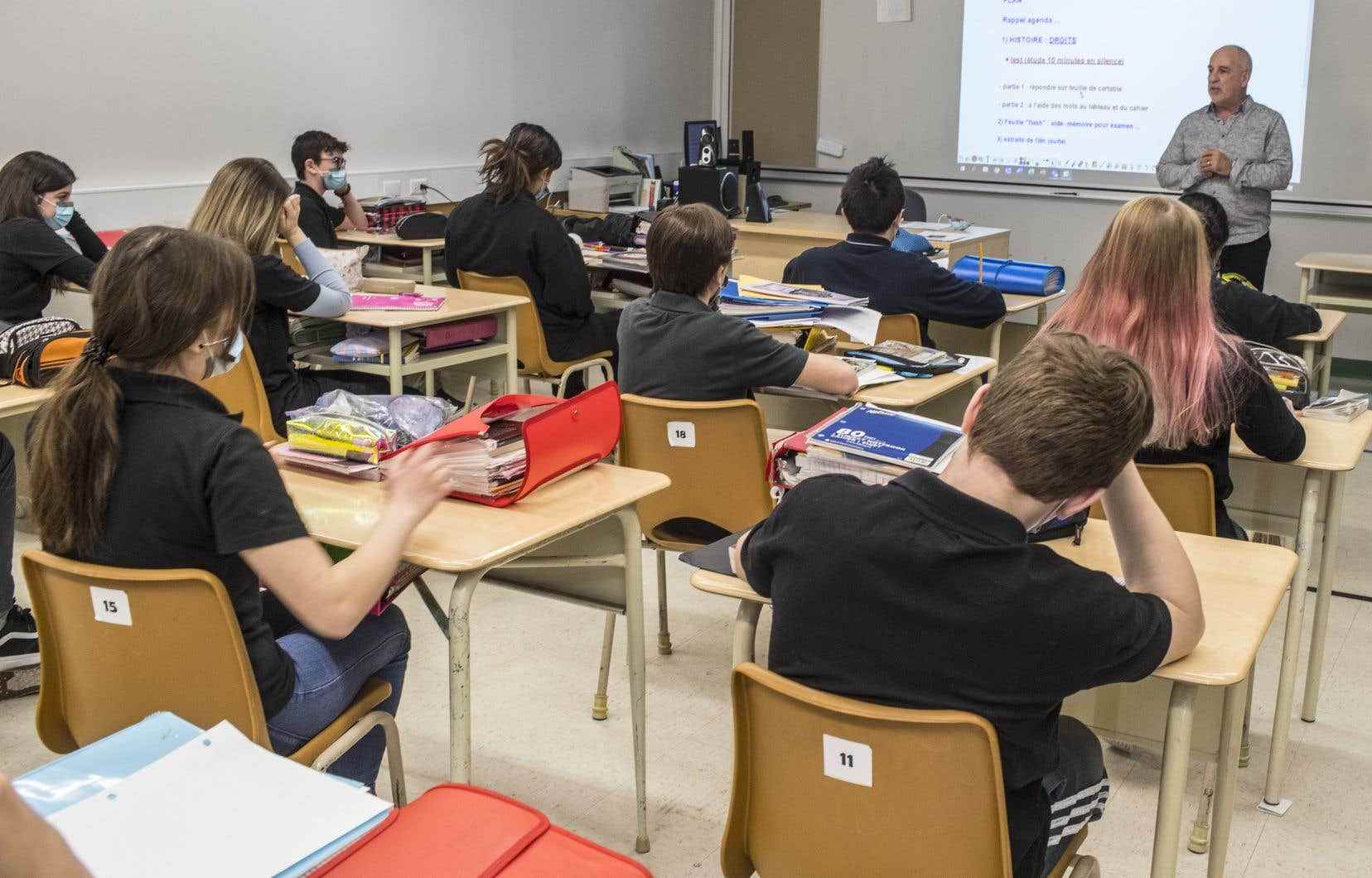A few months before the provincial elections, a citizens’ movement is proposing a plan to eliminate the “three-tier school” system that favors students with the best grades. Private schools that so wish would now be 100% financed by the state, students would attend their neighborhood school and all establishments would have to offer special projects.
Only “unconventioned” private schools, which would have no state subsidy, could select their students.
The L’École ensemble movement is launching this ambitious plan five months before the elections next October. He seeks to make education one of the themes of the electoral battle that is beginning. Emeritus experts in education, including sociologist Guy Rocher, who was part of the Parent commission, support this proposed change of direction.
This initiative aims to correct shortcomings in the Quebec school network, considered the most unequal in the country, according to the Superior Council of Education. Subsidized private schools and public schools with special projects drain the best performing students. Pupils in difficulty are overrepresented in so-called ordinary classes, which amplifies the inequalities between advantaged and disadvantaged children.
Under the plan, all state-funded schools should give priority to students from their neighborhood. Schools could no longer select students based on their academic results. All schools should offer special free projects for parents. To do this, a fifth period would be added to the schedule by reducing the duration of the four existing periods by 15 minutes.
Private schools that choose to join the “common network” would be 100% financed by the state, as in Finland (where the former private schools are now public). These establishments could retain their current structure, with a board of directors independent of the school service centres, but would have to accept students from their neighborhood.
“Non-conventioned” private schools could select their clients, but would no longer receive any public funds. Parents would pay the entire bill, which would increase significantly. This would consequently reduce attendance at these establishments, as in Ontario and elsewhere in the country.
Ultimately, this model would result in annual savings of $100 million, according to a study commissioned from economist François Delorme of the University of Sherbrooke.
More details will follow
